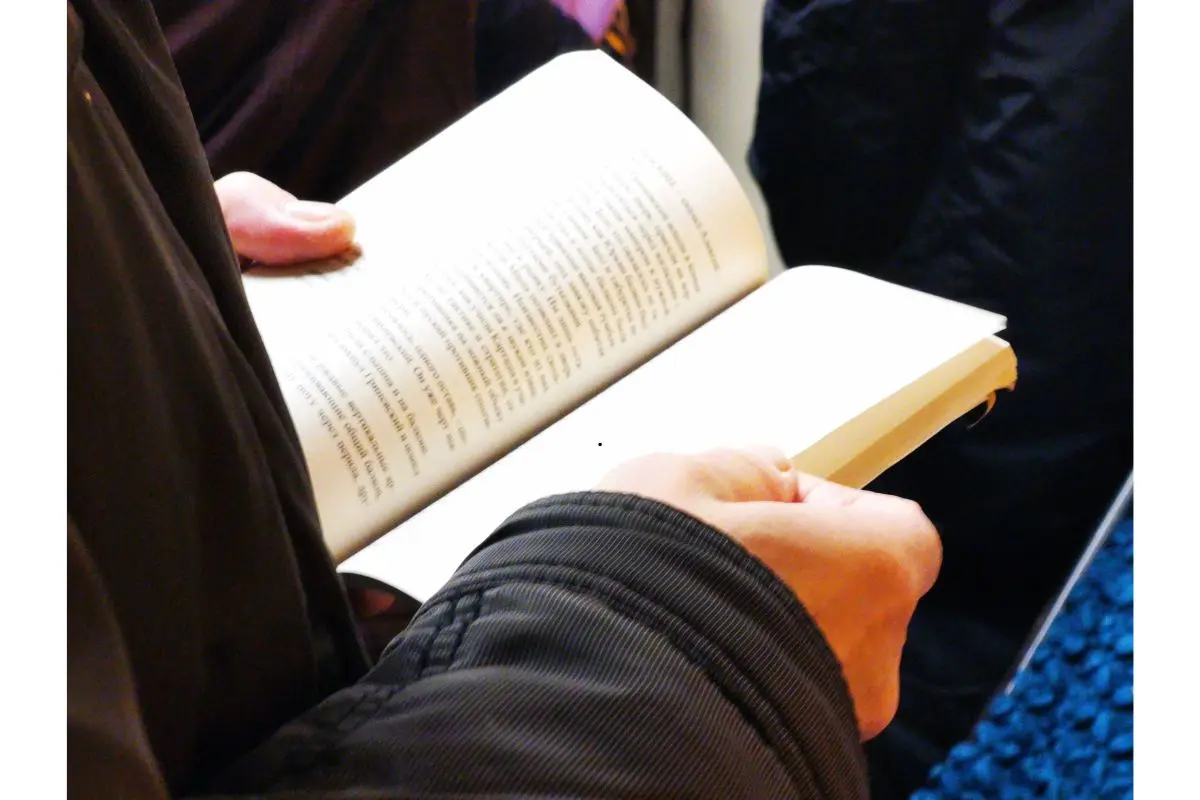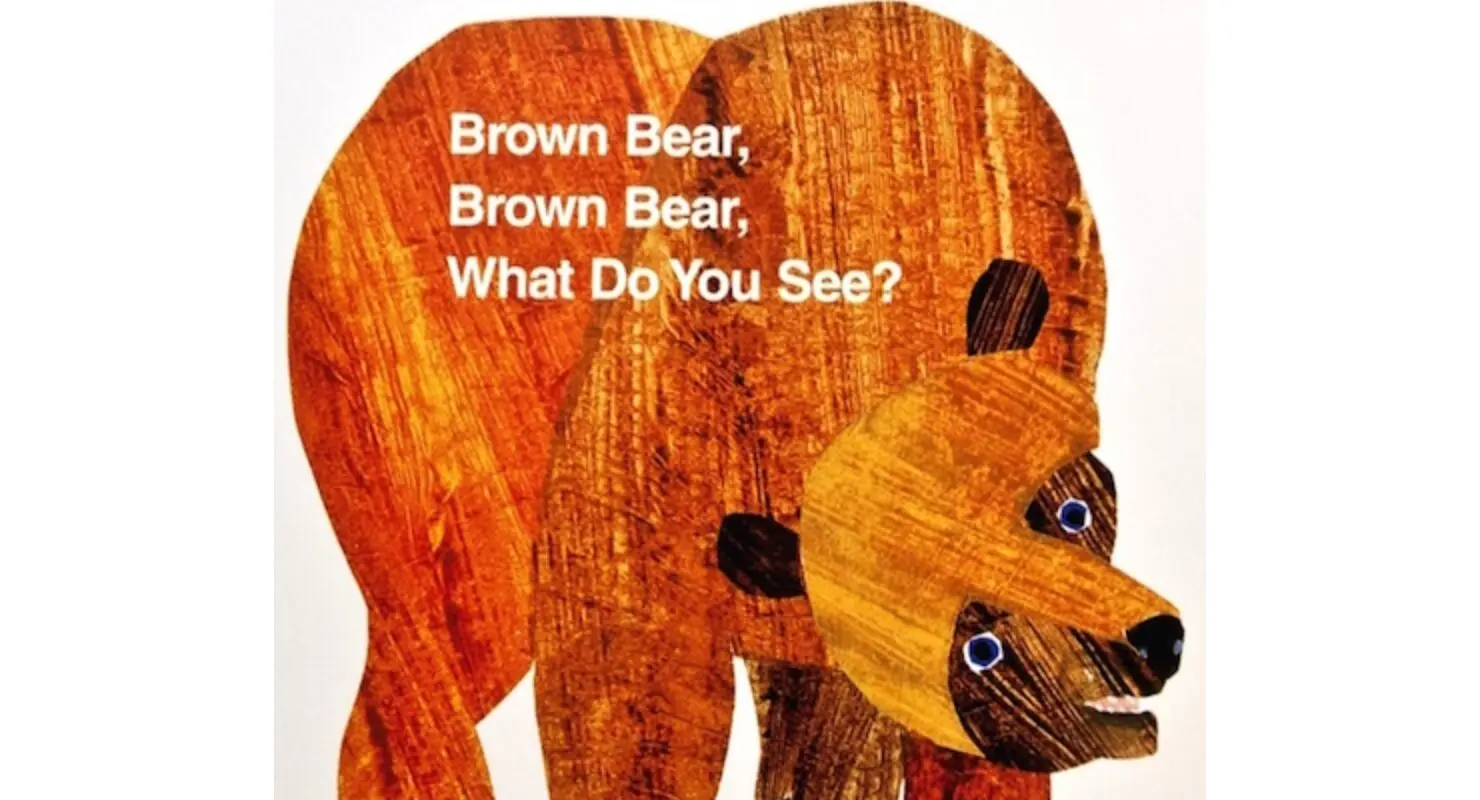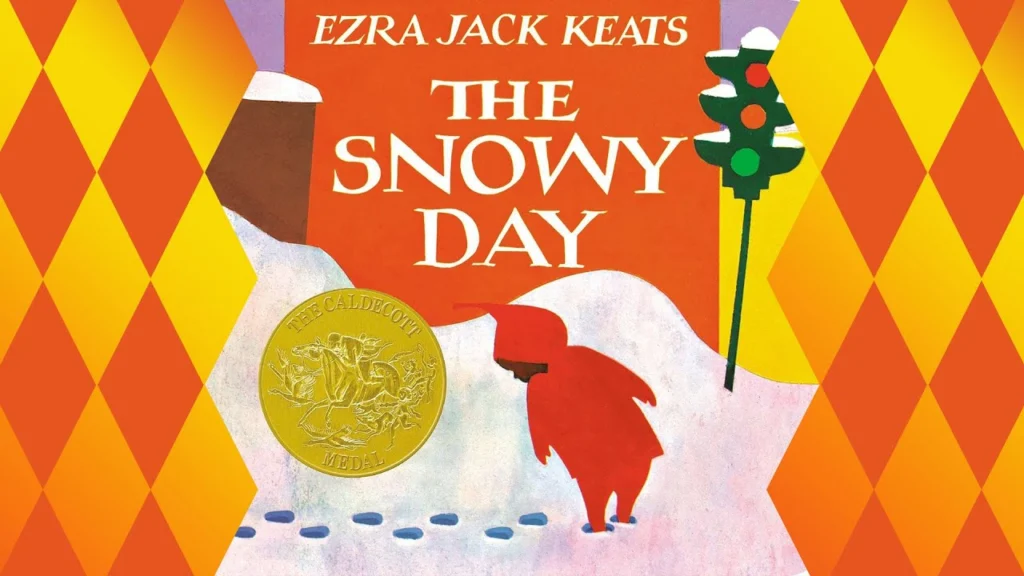Top 5 Must-Read Books for Early Readers

Finding the right books for early readers can make a huge difference in their literacy journey. With engaging stories and simple vocabulary, these books help young learners develop essential reading skills. Whether you’re a parent, teacher, or caregiver, the right books can help foster a love for reading in children early on. Here are the top 5 must-read books for early readers that combine fun, simplicity, and learning.
1. “The Very Hungry Caterpillar” by Eric Carle
A timeless classic, The Very Hungry Caterpillar is a perfect choice for early readers. The story follows a little caterpillar that eats various foods before transforming into a butterfly. The repetitive text and vibrant illustrations keep young children engaged while introducing fundamental concepts of counting and the days of the week.
Why It’s Great for Early Readers
- Simple Vocabulary: Easy-to-understand words that encourage young readers.
- Repetition helps children anticipate the next word or action, building their confidence.
- Engaging Illustrations: Colorful images that make learning fun and visually appealing.
2. “Brown Bear, Brown Bear, What Do You See?” by Bill Martin Jr. and Eric Carle
This is another highly recommended book for early readers. Brown Bear: Brown Bear employs a predictable, repetitive structure that encourages children’s participation. With its rhythmic text, it helps kids build a sense of prediction and fluency in reading.

Why It’s Great for Early Readers
- Predictable Text: The repetition of phrases helps children predict what comes next.
- Color and Animal Recognition: Great for building vocabulary and visual learning.
- Interactive: Ideal for reading aloud and asking children to identify what they see.
3. “Where the Wild Things Are” by Maurice Sendak
Maurice Sendak’s Where the Wild Things Are is a beautifully illustrated story that takes children on a journey of imagination. It tells the story of Max, a young boy who embarks on a wild adventure. This book encourages creativity and emotional intelligence through its rich narrative and memorable characters.
Why It’s Great for Early Readers
- Imagination and Creativity: Sparks creativity by encouraging children to think outside the box.
- Simple Language with Depth: The story is easy to read but provides a deeper emotional experience.
- Memorable Illustrations: The expressive illustrations are captivating and help tell the story.
4. “Green Eggs and Ham” by Dr. Seuss
Dr. Seuss is known for his quirky rhymes and playful language, and Green Eggs and Ham is no exception. This book tells the story of Sam-I-Am, who convinces another character to try green eggs and ham. The simple, repetitive language and funny illustrations make it a perfect book for early readers.
Why It’s Great for Early Readers
- Rhyming Words: Rhymes help children recognize sounds and develop phonemic awareness.
- Fun and Engaging: The silly story keeps kids entertained while learning.
- Repetitive Text: It is easy for kids to follow along and predict what happens next.
5. “The Snowy Day” by Ezra Jack Keats
The Snowy Day is a beautifully illustrated book that follows a young boy named Peter as he explores his neighborhood after a snowfall. This story introduces young readers to the concept of seasons and outdoor play, while reinforcing essential concepts such as problem-solving and exploration.
Why It’s Great for Early Readers
- Relatable Story: Simple, everyday events that kids can connect with.
- Rich Illustrations: The artwork complements the text beautifully and engages young readers effectively.
- Social-Emotional Learning: The story encourages children to explore their environment and emotions.

Conclusion
Selecting the right books for early readers is essential for developing literacy skills and cultivating a love of reading. These five books—The Very Hungry Caterpillar, Brown Bear, Brown Bear, Where the Wild Things Are, Green Eggs and Ham, and The Snowy Day—are excellent choices that combine fun, education, and engagement. With their simple language, captivating illustrations, and valuable lessons, they are sure to become beloved favorites in your reading collection.
Also Read: AI in Education: Transforming the Future of Learning
FAQs
1. Why is repetition necessary in books for early readers?
Repetition helps children predict text, build vocabulary, and gain confidence as they recognize familiar words and phrases.
2. How can interactive books help early readers?
Interactive books encourage children to engage with the text, reinforcing learning and making reading a more enjoyable experience.
3. At what age should I start reading with my child?
It’s never too early! Start reading aloud to your child as soon as they are born to expose them to language, sounds, and stories.
4. Are picture books helpful for early readers?
Yes, picture books support early literacy by helping children associate words with images, making it easier to understand the text.
5. How can I encourage my child to read more?
Make reading a fun activity! Choose engaging books to read aloud together and encourage them to explore various stories and genres.

Similar Posts
How Australia’s Workplaces are being Transformed by Technology
What Awaits You at Tech Trivia Night Sydney 2025?
Discover AZP600X: Pioneering Advancements in Crypto Mining, Multimedia, and Data Security